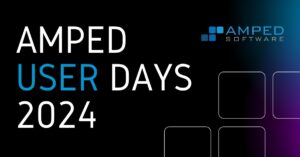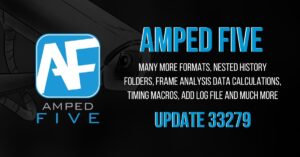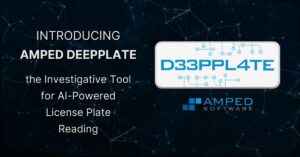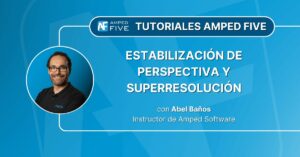As a Certified Forensic Video Analyst, one of the hardest calls is stating that nothing can be done. I cannot recover that face, that logo, or that license plate.
I have written many articles, and spoken at conferences, about the challenges with CCTV video evidence, so getting a result from poor footage can be immensely satisfying.
So, what is required then to get the result?
The planets of Evidence, Tool and Competency all need to be aligned.
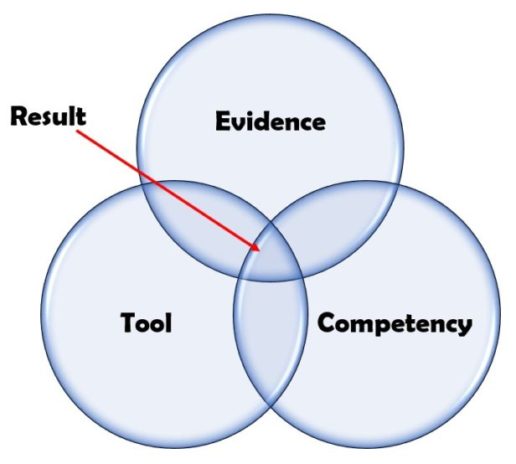
Evidence
Video is the only non-standard type of forensic evidence and it’s the most common! Due to the often-proprietary nature of the recording method, and mass production of Digital Video Recorders, investigators are often the first person ever to analyse that specific type.
There are no sample sets or research papers on the specific format. That case IS the research!
Understanding the original data is vitally important, but what happens if it’s not the original? What happens if you have a transcoded (changed) copy? Or even a compressed image taken from the original? And what about a screen recording taken from the CCTV monitor by a body worn camera?
Any changes in that data can affect recovery of visual data and even change it.
With video, you may also have multiple frames of data and may have to deal with each one differently depending on the visual information.
Then we have the biggest con in the surveillance industry – the more pixels the better! HD, 2K, 4K… these are all being pushed to consumers but the downside for investigators is that the compression may be increased to allow for the huge amounts of data. The consequence being that even with a high pixel count, a license plate or a face is simply turned into a large area of solid color with no pixel definition to determine areas of detail.
Restoration and enhancement of images and video is possible, but only if there is data there to recover. The evidence must contain that data.
Although we cannot do much about the initial recording, we can control the acquisition. Remember – always acquire in the original, native format to retain detail.
Tool
Freeware, open-source, consumer, professional, legacy, modern…the choice of tools can be confusing. I find that many people are using a product because that’s what was in the office when they started. Some people have admitted to me recently that they were sold a product that did not really live up to the sales pitch.
The most common issue though is people using a product that is not designed for Forensic Image or Video use, or using a product designed for certain aspects, and then wondering why it does not do others.
Understanding exactly what the tools are designed for is imperative to ensure you are using them correctly, in the right circumstance.
When using multiple tools, it’s important to test and validate the workflow between them. What changes are made, does one decode the data differently?
I can remember, probably over 10 years ago when I first saw a specific tool. I liked somethings, but not others. I also found that including it into my workflow would extend the time required for examination and investigation.
I could write many paragraphs here on tools and workflows. What worked well and what didn’t. Suffice to say though that I was always looking for the one-stop solution.
This is why I turned to Amped FIVE many years ago. It’s developed from the ground up specifically for forensic video and image analysis.
Competency
This is the big one!
Without competency an investigator will not know that the evidence can or cannot yield a result.
Without competency an investigator will select or use the wrong tool.
Without competency an investigator may not know how to use the correct tool.
Without competency an investigator may provide the wrong result.
To get the result, the evidence must be acquired correctly, and the data must be present. The investigator must have access to the right tools. The investigator will be skilled with knowledge and experience, enabling them to select the right tool and to use it effectively in the right circumstance.
Your highest chance of success then relies on ensuring competency, access to the tools and control of acquisition.
If you cannot get a result, identify where the fault lies.
Is it in the competency? Do you need training?
Is it having the right tool? Do you need better software?
Is it the evidence? Has it been acquired incorrectly?
Collating where the fault lies will help you in changing acquisition guidelines. It will help you in evidencing your need for specific software/hardware, and finally, it will help you to get the training to make the right decisions.

